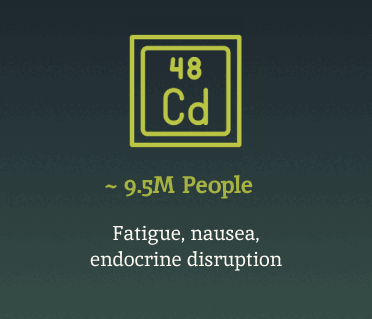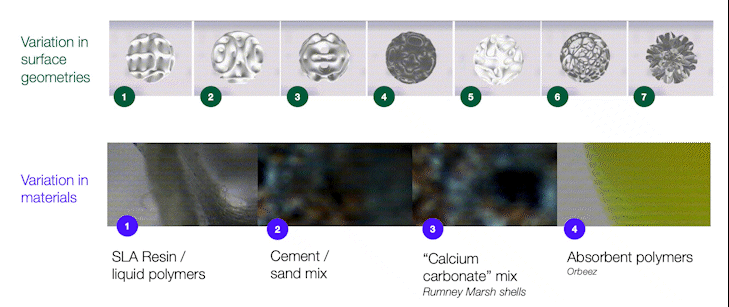
TINA
An open-ecosystem bioremediation and sustainable mining solution
Project timeline_8 weeks
Collaboration_Riad El Soufi, Connie Wang
abstract_
We created TINA as a proof of concept that microbes can purify waterbodies and reduce toxins present in the seafood we consume. Our team learned about the potential for various microorganisms (e.g., bacteria, mycelium) to breakdown toxins in the environment, speciifcally heavy metals, and looked to design with bioremediation as the focus to sustainably clean up pollutants from the environment while solving for its slow speed and costly setbacks.


a platform for biotechnological experimentation across pollutants and ecosystems
Biological
systems
Mechanical
removal system


problem_
The presence of heavy metals in the environment can occur naturally or as a result of anthropogenic activities. Industrial activity and rapid urbanization have caused an elevated accumulation of heavy metals in oceans and waterways that make their way into the water we drink and the food we eat.
Manganese (Mn) is one of the most overlooked contaminants in our coastal ecosystem today. While Manganese is an abundant element in terrestrial and coastal ecosystems and an essential micronutrient in the metabolic processes of plants and animals.
Mn is generally not considered a potentially toxic element due to its low content in both soil and water. However, recent studies worldwide have reported Mn as a potential toxic contaminant for several aquatic species caused by increasingly large inputs of Mn from human activities, such as mining activity and mining waste, exacerbated by climate change.
Mn often remains unnoticed as a contaminant due to its role as a micronutrient for plants and animals and to its ubiquity in the environment. However, consumption of high Mn concentrations may cause severe adverse health effects such as a neurodegenerative disorder, cardiovascular toxicity, and liver damage.
40% of the world's lakes and rivers are contaminated with heavy metals
These pollutants travel complex pathways that eventually make their way into the air we breathe, the water we drink, and the food we consume.





design objective_
We set out to use bioremediation to develop a solution that can sustainably sequester pollutants from the environment without taking a long time and being costly. We chose to focus on one pollutant (Manganese) due to it being extensively studied at the lab we were working with. We decided to use the bacteria strain Pseudomonas Putida MnB1 as recent literature had shown evidence of its ability to capture Manganese for a drinking water filtration system.



process_
Our experiments with Pseudomonas Putida MnB1 primarily focused on
01
Finding the best material and geometry for bacteria to grow
02
The ability for Manganese removal when grown on those geometries, with real water samples

01
Experiments
We studied bacterial growth across 7 geometries and 4 materials.
A crystal violet assay test was conducted which consisted of growing the bacterial culture on the TPMS structure, conducting the CV test, and measuring CV content using well plates.
Crystal Violet Assay
Viability test for cultured cells
1a.
Biofilm growth on TPMS structures
1b.
Using Crystal Violet (C.V.) assay process to measure biofilm growth variance
1c.
C.V. 96-well plate reading

Biofilm growth on TPMS structures

Using Crystal Violet assay process to measure biofilm growth variance

C.V. 96-well plate reading

Biofilm growth on TPMS structures

01
Results
Results showed that the Schwarz CLP structure was the most effective in growing Pseudomonas Putida and that became the chosen structure for our final design.
how it works_
The TINA bioremediation system combines biological and mechanical pollutant removal to ensure pollutants exit the ecosystem’s lifecycle. The system relies on physical installation, a growth and pollutant removal phase, and a physical extraction phase.
TINA as a system incorporates 3 phases:
01 a bacterial growth phase
02 a pollutant removal phase
03 a physical extraction phase





